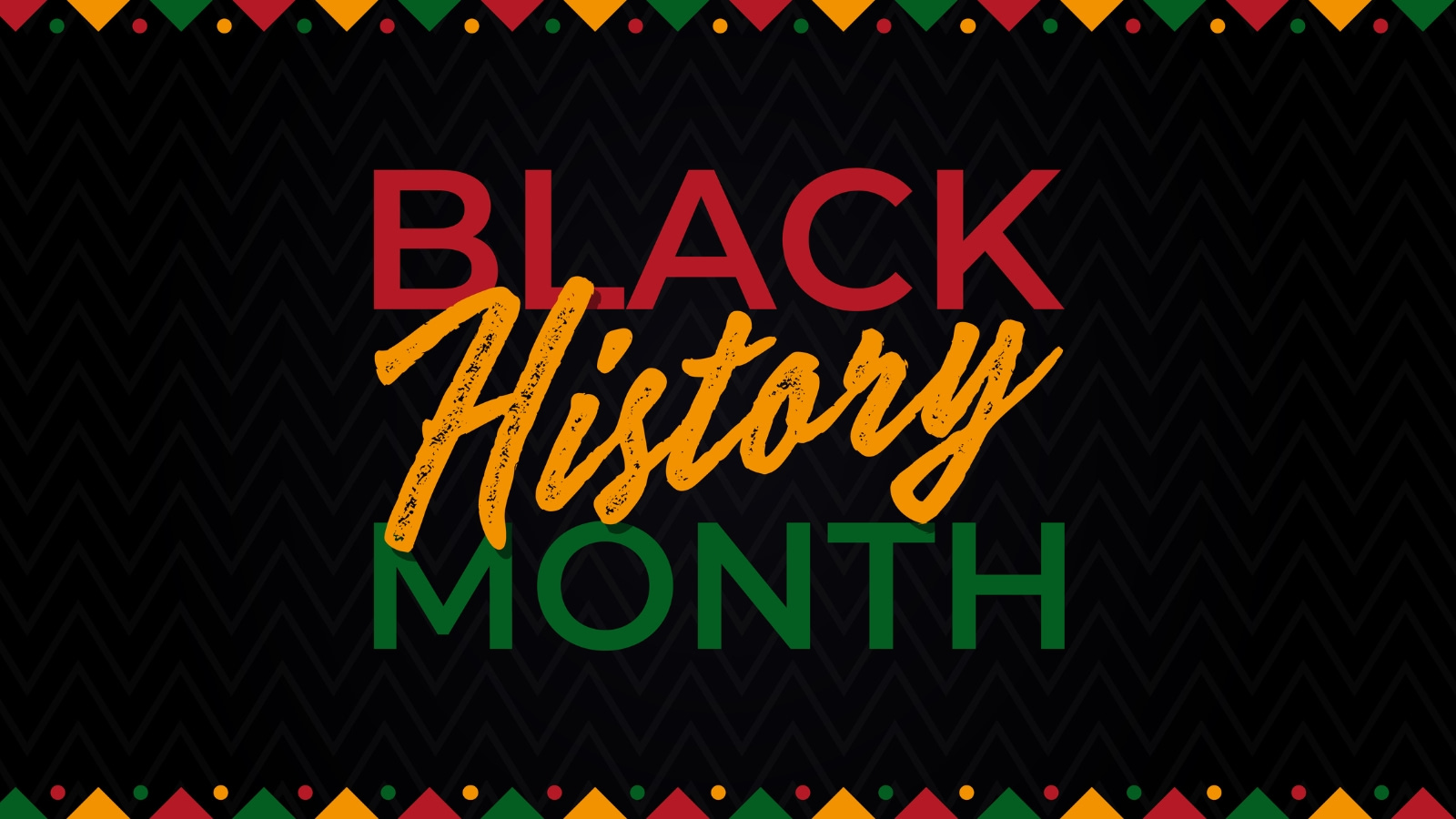Exploring African Americans' Impact on the Arts during Black History Month

In 2024, the theme for Black History Month is “African Americans and the Arts,” an exploration of the profound impact Black Americans have had on visual arts, music, cultural movements, and beyond. Let’s dive into the remarkable history and legacy of African American artists, highlighting their significant contributions to various art forms.
Preserving History and Empowering Communities Through Art
African American art is deeply rooted in the lived experiences of Black individuals, infused with influences from Africa, the Caribbean, and the Black American journey. The impact spans a spectrum of artistic expressions, including visual and performing arts, literature, fashion, folklore, language, film, music, architecture, and culinary arts.
- Sweetgrass Basket Tradition: Enslaved Africans in the Lowcountry initiated a tradition of crafting sweetgrass baskets, showcasing their visual artistry through this unique form of craft.
- Spirituals and Blues: The suffering of those in bondage gave birth to spirituals, marking the nation’s first contribution to music. Blues musicians like Robert Johnson and BB King pioneered a genre that became foundational for gospel, soul, and other evolving forms of music.
- Literary Pioneers: Early literary contributions include works by poets like Phillis Wheatley and writers such as David Walker and Maria Stewart. The richness of Black aesthetics is also evident in sculptures by Edmonia Lewis and paintings by Henry O. Tanner.
Cultural Movements and Artistic Renaissance
The 1920s and 30s witnessed the rise of the Black Renaissance and New Negro Movement, propelling Black Arts onto the international stage. Notable figures like Langston Hughes, Josephine Baker, and Lois Mailou Jones contributed to the global recognition of Black culture.
- Harlem Renaissance: This cultural explosion in the 1920s celebrated Black creativity, encompassing literature, music, visual arts, and social activism. Cities like Los Angeles, Chicago, and New Orleans also became hubs for Black artists.
- Black Arts Movement: The 1960s marked the Black Arts Movement, emphasizing pride in heritage and establishing galleries and exhibitions to showcase Black artists’ work. Icons like Alvin Ailey, Judith Jamison, Amiri Baraka, Nikki Giovanni, and Sonia Sanchez emerged during this period.
Hip-Hop and Afrofuturism: A Contemporary Evolution
The 1970s introduced hip-hop in the Bronx, New York, creating a revolutionary genre that addressed socio-political issues and became a cultural force.
- Hip-Hop’s Five Elements: DJing, MCing, Graffiti, Break Dancing, and Beat Boxing formed the foundational elements of hip-hop, addressing issues such as racial violence and economic disparities.
- Afrofuturism: Afrofuturism envisions a future for Black people without oppressive systems, blending technology, science, and Black history. Examples range from Sun Ra’s music to Octavia Butler’s novels and Marvel’s Black Panther.
The Future of African Americans and the Arts
Celebrating the entirety of African Americans’ contributions to the arts, the 2024 theme reflects on the past, present, and future. As we honor this rich history during Black History Month, the Association for the Study of African American Life and History (ASALH) emphasizes the continued impact of African Americans on the arts.
In recognizing the profound influence of African Americans on the arts, our agency celebrates Black History Month. As we honor the contributions of Black artists, musicians, writers, and visionaries, we invite you to explore the vibrancy of African American culture. Our agents stand ready to assist you with any insurance needs, ensuring you have the support and coverage required for your journey. Call your local agent today and join us in celebrating the richness of African American history and artistic expression.
